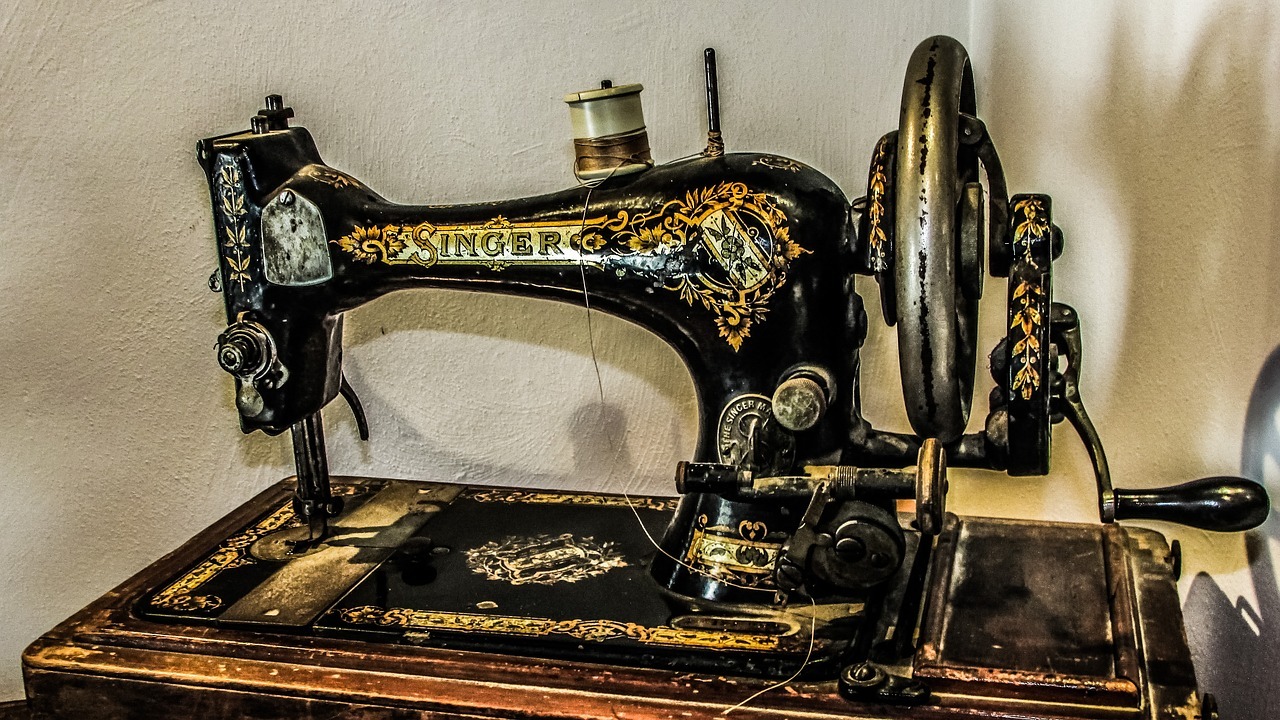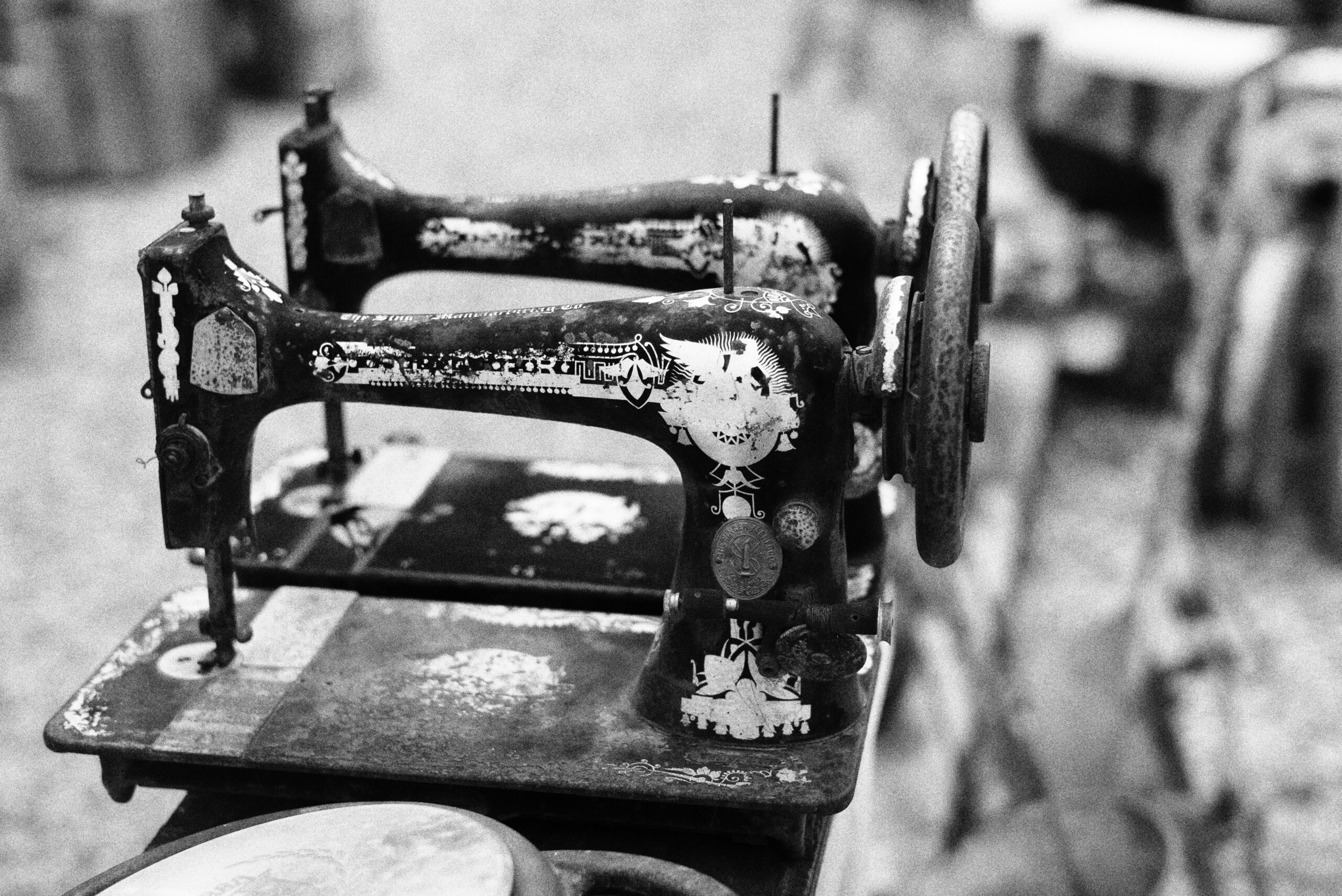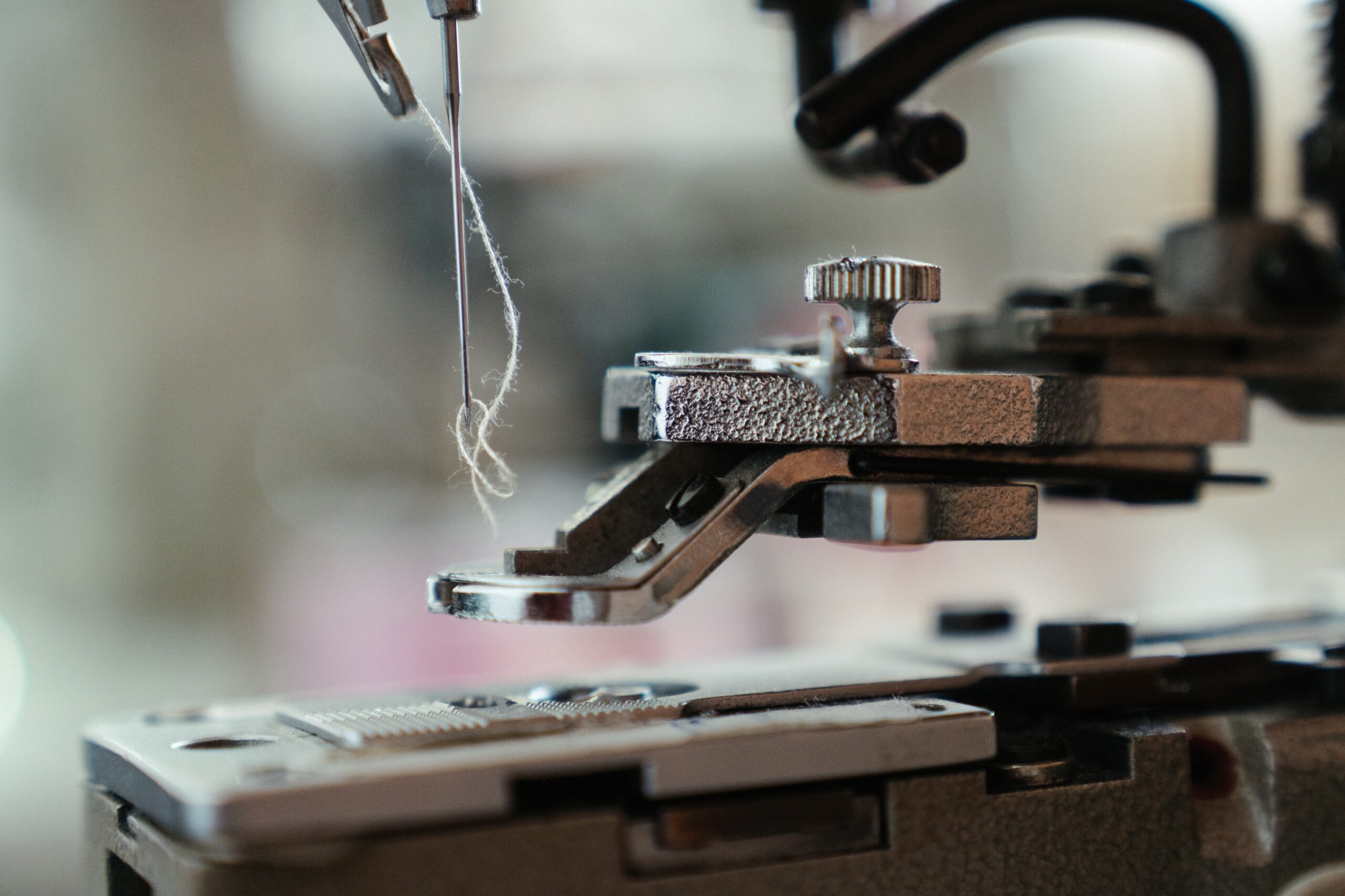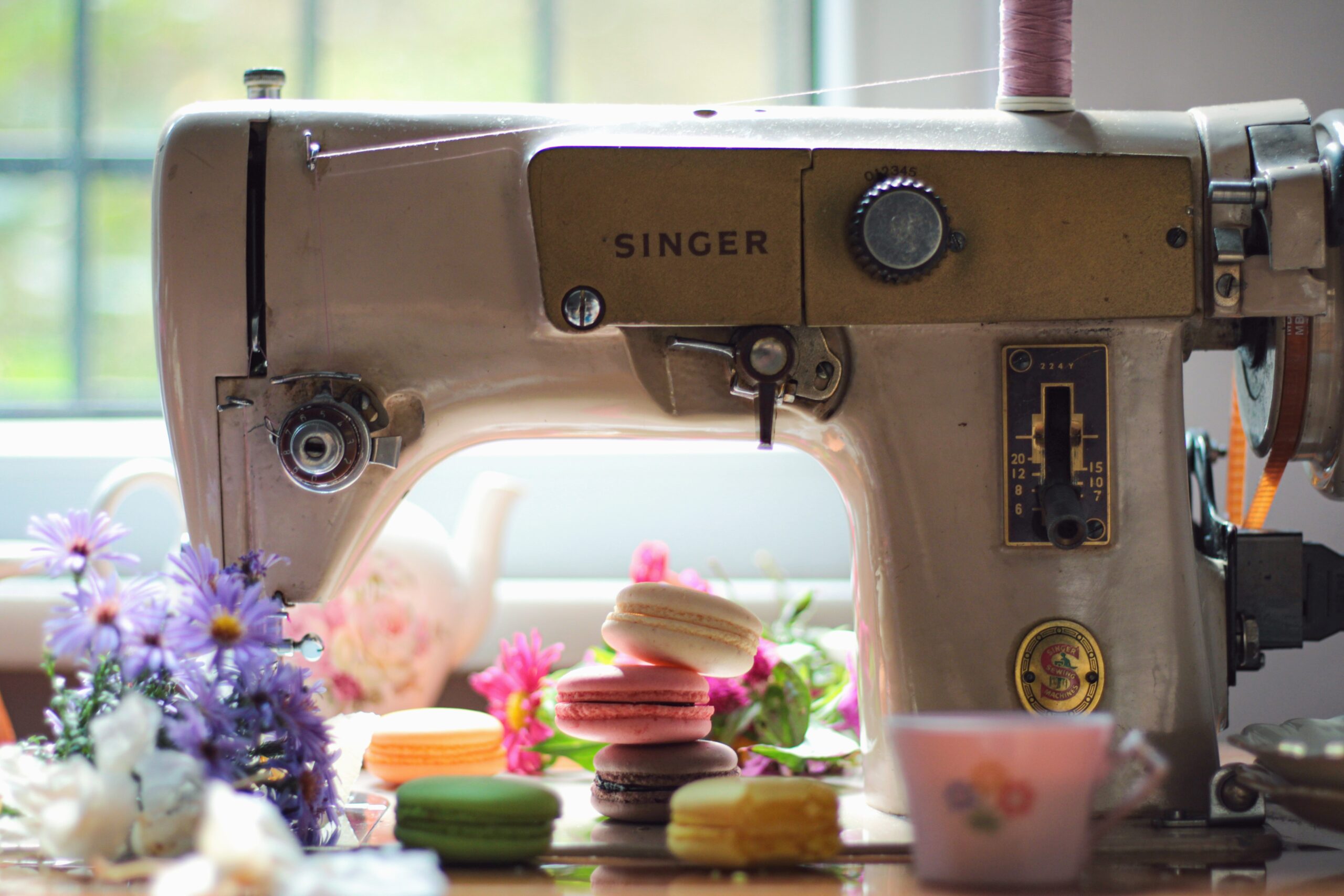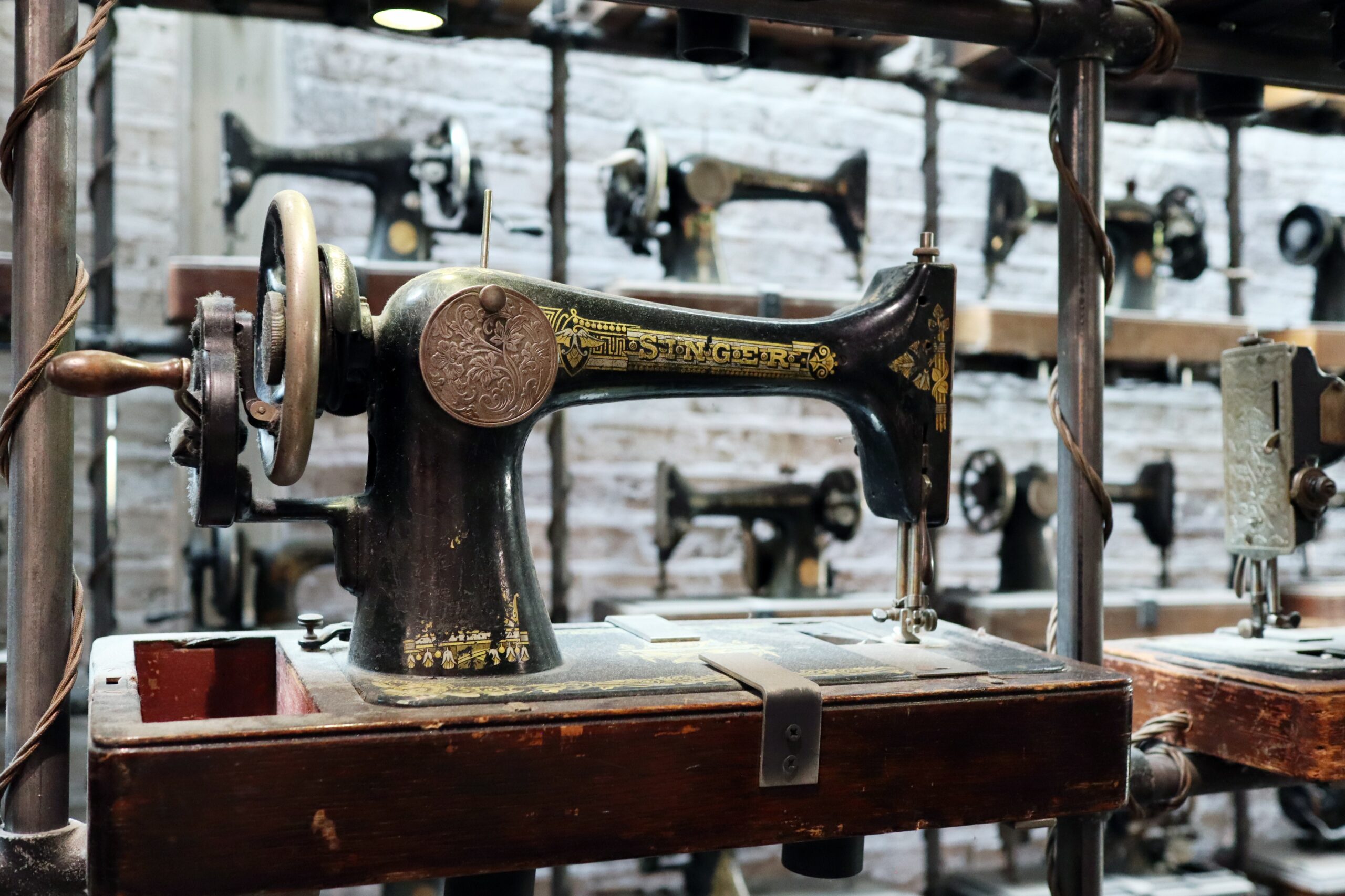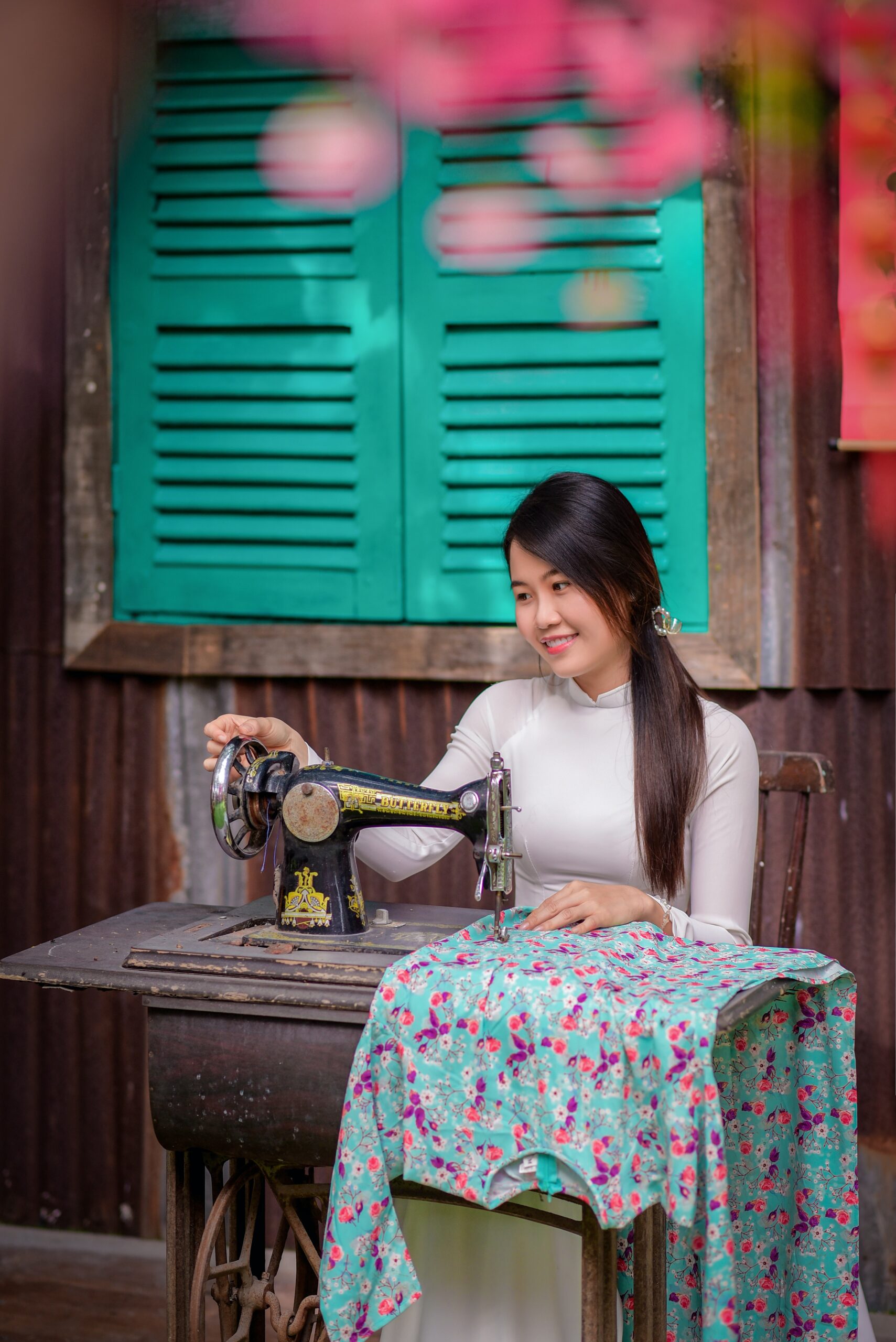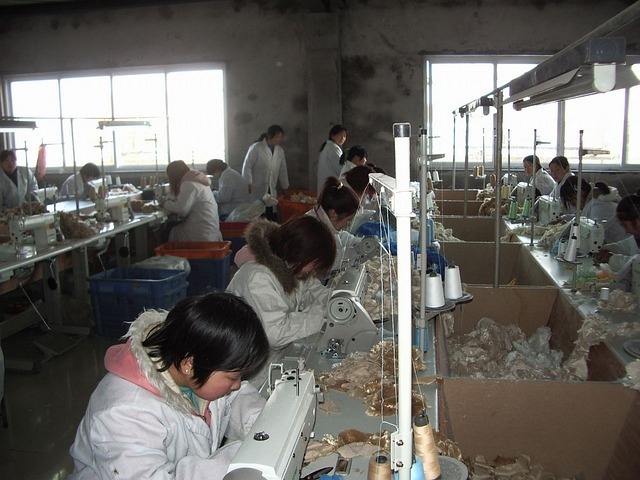Singer has been a household name for many generations of sewing machine brands since it was first associated with sewing in 1851.
The first zigzag machine and the first electronic machines were inventions by SINGER, from clothing to quilting, embroidery, and home decor. It created numerous other apps, including sewing software for smartphones. The goal has been to encourage others to use sewing as self-expression.
Because of its ongoing dedication to quality, dependability, guaranteed service, and the most recent technologies, the industry leader it is now has maintained that position over time. Designs and inventive inventions marked the company’s modest beginnings.
The Milestones
The year 1850
It all began in 1850, when Isaac Merritt Singer, an American Eccentric entrepreneur, and actor, invented the world’s first practical sewing machine called “Standard”. It was a straight-stitch sewing machine manufactured in a small machine shop in Boston. He has a few ways to improve Elias Howe’s lock stitch machine model as a thread controller vertical needle with a horizontal sewing surface and a continuous feeding device.
Singer was sued by Howe for infringement but later won the case. However, patent infringement became so intense that it led to Sewing Machine War.
1851
A patent was granted for the first SINGER brand Sewing Machine on August 12, 1851, under Patent No. 8294. In the same year, Singer incorporated as I.M. Singer and Co., which marked the official beginning of SINGER as a company.
For his first patent model, Isaac Singer submitted a commercial sewing machine where the original design was practical for household use. It incorporated the basic eye-pointed needle and lock-stitch from Elias Howe’s model in 1854, which won a patent-infringement suit against Singer. This time, the new and improved Singer sewing machine included a circular feed wheel and thread controller transmitted by gear wheels and shafting.
1855
Since then, the company combined enough patents to engage in mass production. It became the largest sewing machine manufacturer in the world. The same year, the brand received the first prize at the World’s Fair in Paris, France, which started its leadership in the industry.
1857
The singer established its first headquarters and store at 458 Broadway in New York. The price of the first-built machines was $100.
1858
Singer introduces its first lightweight domestic machine, the Grasshopper. Singer soon began to market internationally. Singer reduced production at their main American plant and transferred 40% to the Clydebank factory to reduce costs. Starting its manufacturing operations in Europe after the United States, it became the first multinational/global company.
1863
The company was later incorporated as the Singer Manufacturing Company, taking over the businesses of I.M. Singer & Company, which formed to market the sewing machine patented by Singer in 1851. By the 1860s, Singer was making a remarkable revolution in the sewing industry. While it took 14 hours to sew a man’s shirt by hand, it only took an hour with Singer.
1865
When the American Civil War ended, SINGER introduced the “New Family” Sewing Machine known as the model 12/12K. At the onset of 1882, the machine sold more than four million machines worldwide.
1867
Singer Company opened a local factory in John Street, Glasgow, United Kingdom because of the increased demand for their sewing machines. The Vice President of Singer, George Ross McKenzie, selected Glasgow because of its iron-making industries, cheap labor, and shipping capabilities. Demand for sewing machines outstripped production at the new plant.
1870
The first logo for Singer makes its debut. The trademark featured a lady encased in a bold red letter S representing the word Singer, the founder’s last name. The ends of the character are sharp, resembling needles. The glyph features the inscription, ” Singer Sewing Machines”, indicating the company’s product offering. Several languages become the trademarks in the world.
1873
New factory constructed at James Street in Bridgeton. Singer had almost 2,000 employees working for them in Scotland by that time, but they were still unable to produce enough machines.
1876
The Singer claimed cumulative sales of two million sewing machines and had put the two millionth machine on display in Philadelphia.
1882
On the 46 acres of farmland in Kilbowie, Clydebank, President-elect McKenzie of the Singer Manufacturing Company headed the groundbreaking ceremony. The two main structures were 800 feet (240 meters) long, 50 feet (15 meters) broad, and three stories high. It was built above the central wing, a 200-foot (61 m) tall clock tower with the “Singer” insignia displayed for miles to be seen by three wings.
A total of 2.75 miles (4.43 km) of railway lines were laid throughout the factory to connect the different departments such as the boiler room, foundry, shipping, and the lines to main railway stations. It is designed to be fireproof, complete with a sprinkler system making it the modern factory in Europe.
With nearly a million square feet of space and almost 7,000 employees, it was possible to produce an average of 13,000 machines a week, making it the largest sewing machine factory in the world.
1885
In 1885, Singer produced its first “vibrating shuttle” sewing machine, a contemporary transverse shuttle design.
1889
SINGER brand introduces the first electric sewing machine. In two years, commercial sewing machines were sold, powered by electric motors. This time, the company also was producing commercial zigzag sewing machines. In 1890, the SINGER brand reached a 90% market share globally.
1905
The Clydebank factory was so productive that the U.S. Singer Company set up and registered the Singer Manufacturing Company Ltd. in the United Kingdom. Demand continued to exceed production, so each building was extended upwards to a 6-story high.
1907
A railway station with the company name was established with connections to adjoining towns and central Glasgow to assist in transporting the workforce to the facility. Increased productivity came from ‘scientific management’ techniques and increased workloads while keeping salary overheads low.
1910
The company demonstrated the first workable electric sewing machine in 1910. The singer was also a marketing innovator and a pioneer in promoting installment payment plans.
1911
A mass walkout of 10,000 workers dubbed the “Singer Strike” took place in support of the twelve women polishers underpaid despite of heavy workload. It was a significant event because it started a movement that recognized the rights of women workers and predated the labor movement known as ” Red Clydeside”. BBC produced a centenary film in recognition of these female workers.
1913
By 1913, the factory had shipped 1.3 million sewing machines worldwide compared to other brands. Opening in 1884 until 1943, the Kilbowie factory had already produced approximately 36,000,000 sewing machines.
1929
Overall American sales of sewing machines dropped. SINGER brand attributes this to the Flapper social trend, featuring emancipated women who moved away from traditional homemaker roles.
1933-1945 (World War Period)
During the Chicago World’s Fair, the Featherweight 221 sewing machine was introduced. This machine stays in production for over 30 years and remains an iconic image of the SINGER brand.
However, during the First World War, the SINGER brand ceased the development of sewing machines to focus on producing wartime goods. The Singer Clydebank factory received over 5000 government contracts and made 303 million artillery shells, shell components, fuses, airplane parts, grenades, rifle parts, and 361,000 horseshoes. The labor force of 14,000 was 70% female at war’s end.
In 1939 at the beginning of World War II, the company gave a production study by the government to draw plans and develop standard raw material sizes for building M1911A1 pistols. The following year, on April 17, 1940, Singer was given an educational order of 500 units with serial numbers S800001 – S800500. The order was a program set up by the Ordinance Board in the U.S. to teach companies without gun-making experience to manufacture weapons.
The Singer delivered 500 units to the U.S. government. Although unable to produce 100 guns a day, which the government contract required, the War Department was impressed with the quality of its pistols and asked the company to navigate and target equipment components. They transferred the pistol and manufacturing machines to Remington Rand and the Ithaca Gun Company. During World War II approximately 1.75 million 1911A1 pistols were produced.
By December 1940, Singer won a contract to produce the M5 Antiaircraft Director, a version of the UK-designed Kerrison Predictor. The US Army had previously adopted the M7 Computing Sight for their 37 mm gun M1 anti-aircraft guns but proved temperamental. Sperry Corporation was too busy producing other systems to build the required number of M7s. After testing in September 1940, the Army accepted the Kerrison and later, the Bofors 40 mm gun in place of the M1. Sales and profits grew until the 1940s. The market was affected in several ways. The US market matured after WWII. Japanese manufacturers ate into the market with zig-zag sewing machines.
Under the leadership of Donald P. Kircher, Singer diversified into markets such as office equipment, defense, and aerospace. Revenue of which 90% from sewing machines reduced to 35% after diversification.
1946
The singer resumed developing sewing machines in 1946. After the not-so-well-received Singer 206k, the first attempt at zig-zag machines started production in 1936.
1950s
The late 1950s and 1960s were a period of significant change at the Clydebank factory. Between 1961 and 1964, the Clydebank factory underwent a £4 million modernization program which saw the Clydebank factory cease the production of cast iron machines and focus on the production of aluminum machines for Western markets. As part of this modernization program, the famous Singer Clock was demolished in 1963. At the height of its productiveness in the mid-1960s, Singer employed over 16,000 workers. At the end of that decade, compulsory redundancies were taking place, ten years later, the workforce was down to 5,000. Financial problems and lack of orders forced the world’s largest sewing machine factory to close in June 1980, bringing to an end over 100 years of sewing machine production in Scotland.
1951: SINGER brand’s 600 sewing centers have trained an estimated 400,000 housewives, 2011 marked their 160th anniversary. They manufacture computerized, heavy-duty, embroidery, quilting, serging, and mechanical sewing machines.
1952: SINGER brand introduces its the Slant-o-Matic™, the first zigzag machine.
1957: They introduced one of their most popular, highest-quality, and fully-optioned machines, 401 Slant-o-Matic.
1960s
In the 1960s, the company diversified, acquiring the Friden calculator company in 1965 and General Precision Equipment Corporation in 1968. Friden became Singer Business Machines which produced the Singer System 10. GPE included Librascope, The Kearfott Company., Inc., and Link Flight Simulation. In 1968 also, Singer bought out GPS Systems and added it to the Link Simulations Systems Division (LSSD). This unit produced nuclear power plant control room simulators in Silver Spring, Maryland: Tech Road building for Boiling Water Reactor (BWR), Parkway building for Pressurized Water Reactor (PWR), and later moved to Broken Land Parkway in Columbia, Maryland. Flight Simulators were produced in Binghamton, New York.
1970s
For several years in the 1970s, Singer set up a national sales force for CAT phototypesetting machines made by another Massachusetts company, Graphic Systems Inc.
By 1971, Singer started producing portable/home audio/visual equipment such as the Singer-branded record and cassette tape players and film-strip viewers. In 1975 SINGER introduced its first electronic sewing machine, the Athena 2000.
1978
SINGER brand introduces the Touchtronic™ 2001 machine, the world’s first computer-controlled machine.
1980
During the 1980s, Singer sewing machine markets hit with Japanese machines, and European brands include Bernina, Pfaff, and Viking.
1985
SINGER brand introduces an entirely new line of state-of-the-art sewing machines with models designed to meet individual needs and budget innovations for stitch patterns monograms and embroidery. In 1986 the original Singer company spun off its sewing machine business under SSMC.
1987
In 1987, corporate raider Paul Bilzerian made a “greenmail” run at Singer and ended up owning the company. To recover his money, Bilzerian sold off parts of the company. Kearfott split, the Kearfott Guidance and Navigation Corporation was sold to the Astronautics Corporation of America in 1988, and the Electronic Systems Division was purchased by the Plessy Company in 1988 and renamed Plessey Electronic Systems and then acquired by GEC-Marconi in 1990, renamed GEC-Marconi Electronic Systems and later incorporated into BAE Systems.
The four-link divisions were sold to Canadian Avionics Electronics and became CAE-Link. The nuclear power simulator division became S3 Technologies and later GSE Systems and was relocated to Eldersburg, MD.
1989
The Sewing Machine Division traded in 1989 to Semi-Tech Microelectronics, a publicly traded Toronto-based company. That year, Semi-Tech Global purchased SSMC renaming SSMC back to Singer.
Semi-Tech Global incorporated Singer into Singer N.V. based in Netherlands Antilles, owned by the Hong Kong holding company.
1999
Singer N.V. filed for bankruptcy in 1999 and acquired by Kohlberg & Company in 1997. Singer operations in the US (Singer N.V.) moved its consumer products to LaVergne, Tennessee. This location also served its wholesale distribution of sewing machines and parts. In 2006, Kohlberg & Company acquired Husqvarna and Pfaff brands. These merged the three brands into the current company, the SVP Group. Its main competitors are Baby Lock, Bernina, Brother, Janome, Juki, and Aisin.
2001
SINGER brand celebrates its 150th Anniversary. Launching the world’s most advanced home sewing and embroidery machine, the Quantum XL-5000 machine, with powerful and user-friendly systems on the market.
With 50% more power and enhanced speed, Singer Heavy Duty sewing machines can tackle thicker fabrics and long seams without breaking the bank of a true workhorse with all that metal frame. Computerized sewing machines offer automatic stitch settings, speed control, and other easy-to-use features.
2005
SINGER brand introduces the Futura™ machine, the most affordable computer-enabled embroidery machine in the market.
2007
Introduces Inspiration machine, an iconic new entry-level machine using modern advancement to accentuate ease and simplicity.
2010
XL 400 launched the 2nd generation of the Futura Sewing and Embroidery Machine.
2011
SINGER celebrates its 160th Anniversary, marked by the issued patent of the first SINGER Sewing Machine on August 12, 1851.
2015
Launch of the new machine line with modern features and iconic SINGER body design.
2017
SINGER launches the world’s first Sewing Assistant App for sewing help on the go. In 2018, a large factory fire destroyed a Singer distribution office and warehouse in Seven Hills, Sydney. Singer manufactured sewing machines in Australia at a purpose-built plant in the western Sydney suburb of Penrith from 1959 until 1967.
In conclusion, SINGER sewing machines revolutionized the world. Created and repaired its fabric and transformed not only the textile industry but also the global business itself.

